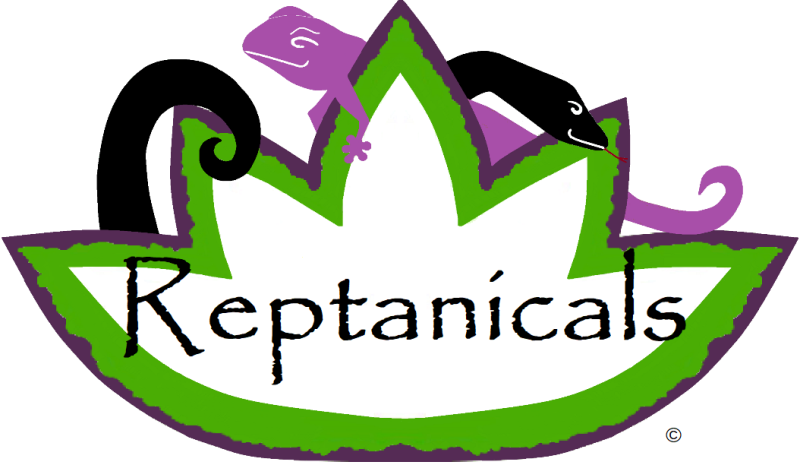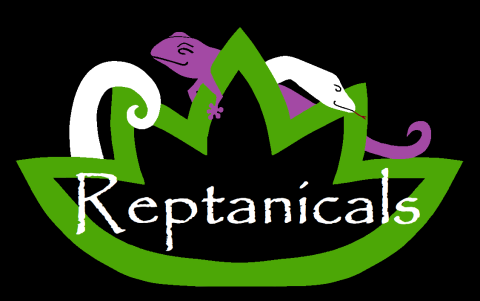The iconic image of a Tegu meandering across a grassy plain while flicking its tongue, is often the first image conjured when asked to think of a large lizard. Tegus are extremely popular, mostly due to their size and impressive stature. It is also one of the reasons these animals can be very costly and difficult to maintain. In general a tegu should be offered an enclosure that is at least 2.5x longer than the animal itself, with plenty of space to turn around and exercise. Native to South and Central America, tegus require high humidity and a warm climate. They must be provided a water dish that is easy to get in and out of and large enough for them to soak their entire body in. Many tegus will defecate in their water dishes, so they will need to be changed regularly. Some keepers often choose to provide two water dishes as they will often choose a designated drinking dish. Tegus need both a cool area, a warm area, and a basking spot in order to properly regulate their body temperature. They are active during the day, so they must also be given UVB in order to properly digest their food and maintain a healthy skeleton. The easiest way to create the proper environment is to put a heating element such as a ceramic or red heat bulb on top of one side of the enclosure for the warm area, with a heating mat underneath the cool side (if necessary). A combination UVB and heat bulb, often called sun bulbs or mercury vapor bulbs, can be used to create a basking area that provides necessary heat and UVB during the day, turning off at night for an evening temperature drop.
Most tegu species are intelligent, i.e curious, and benefit from a variety of climbing and hiding structures with differing textures inside their enclosures. Using cork bark, branches, and rocks can be a great way to achieve this. Be sure to include a sleeping hide that is large enough for your tegu to turn around in, sphagnum moss can be added here to help maintain humidity. Many tegu species enjoy digging and should be provided areas to do this. However, younger animals can be prone to ingesting substrates which could cause gastrointestinal problems, so they should be fed in an area that does not have substrate and their prey should not be loose in the enclosure. These intelligent species can also be tamed and even trained to walk on leashes or come when their name is called, which is another reason why they have been growing in great popularity as pets!
Tegu
Tegu Information Care Sheet:
(Tegu)
Wound Care is perfect for Tegus!
Difficulty: Intermediate to Difficult
Size: depends on species 3-5 feet
Lifespan: depends on species (12-18 years generally, longer for some larger species)
Food Preferences: omnivores meats: eggs, crickets and mealworms to rats, quail, and rabbits depending on size of animal, veggies, and fruit – sparingly as treats
Temperature Requirements: 75-80*F cool area, 85-95*F warm area, basking spot 100-110*F
Lighting: UVB 5.0 (12 hours a day)
Breeding: not suggested due to the large amount of space required to house multiple adults and juveniles
Substrate: Tile, reptile mats, cypress mulch, coco coir or soil/sand mix may be used (3-4” in digging area for juvenile, 7-9” for adults) provided they are fed in an area that does not have any small ingestible material/substrate !NO pine or cedar it is toxic to tegus!
Humidity: 70% - 90%
Suggested Products: Reptanicals Wound Care, Reptanicals Cleaner Crew Kit(adults)




